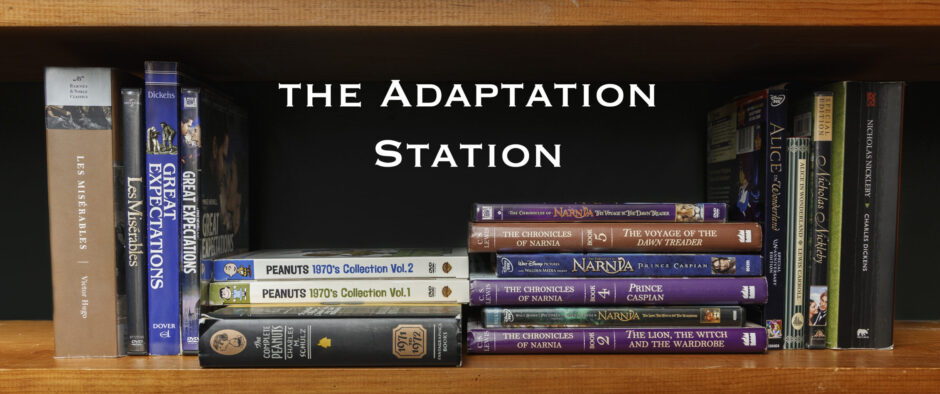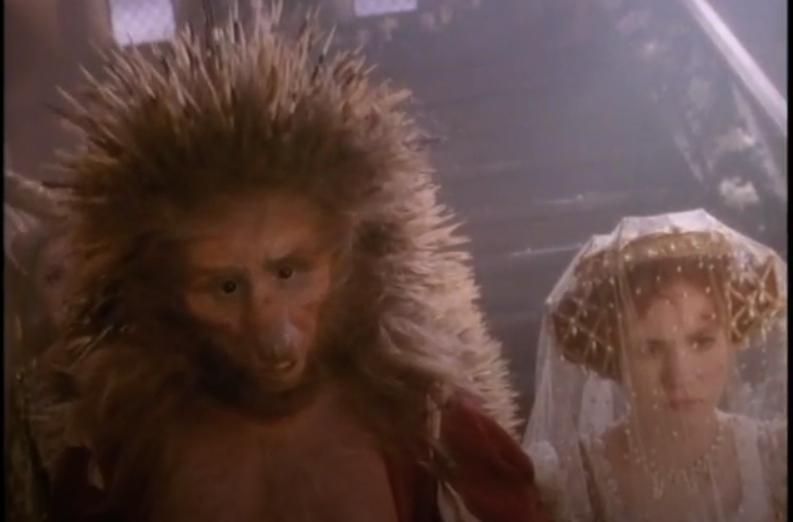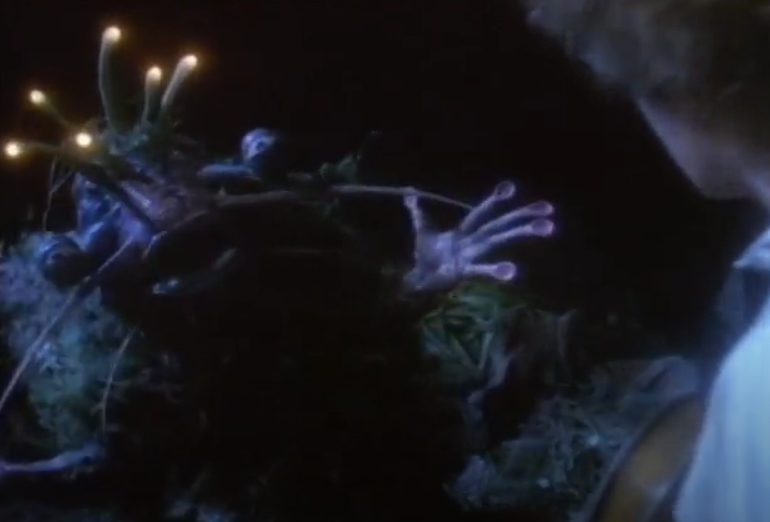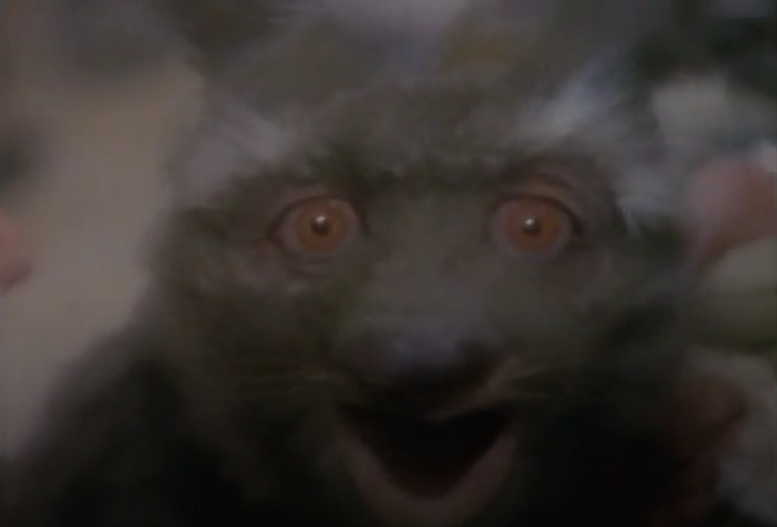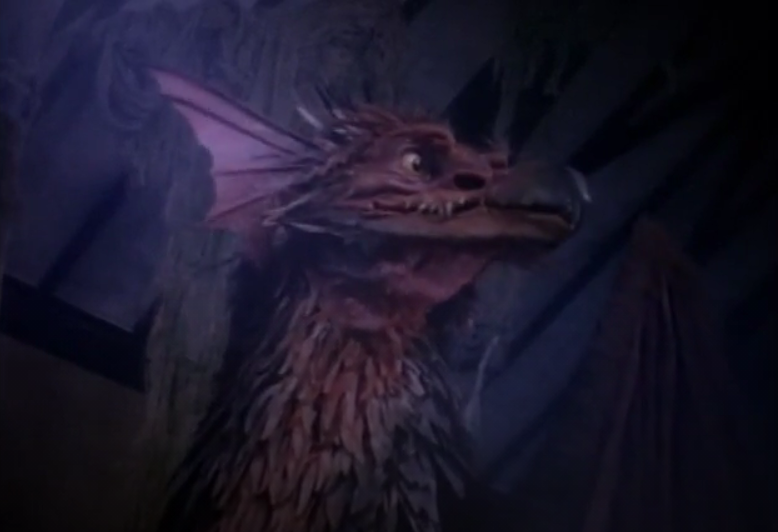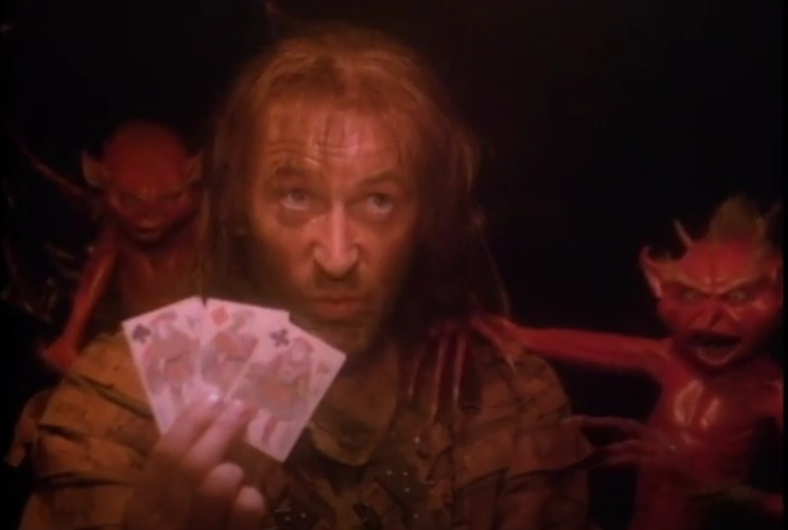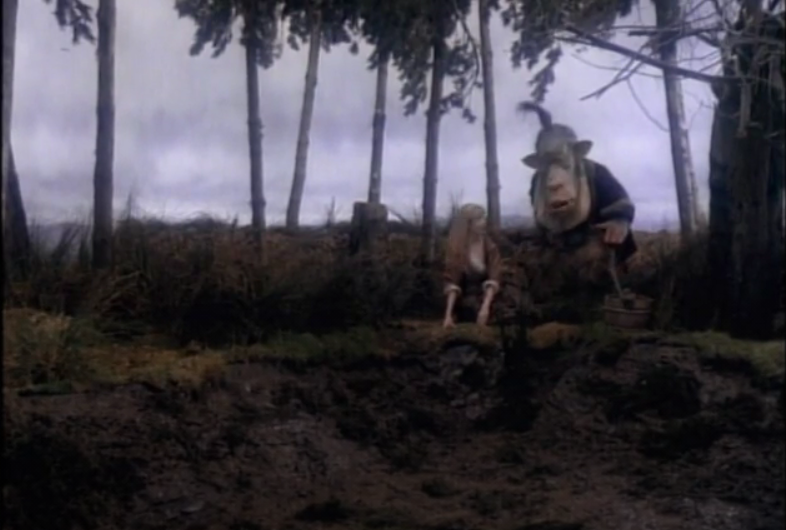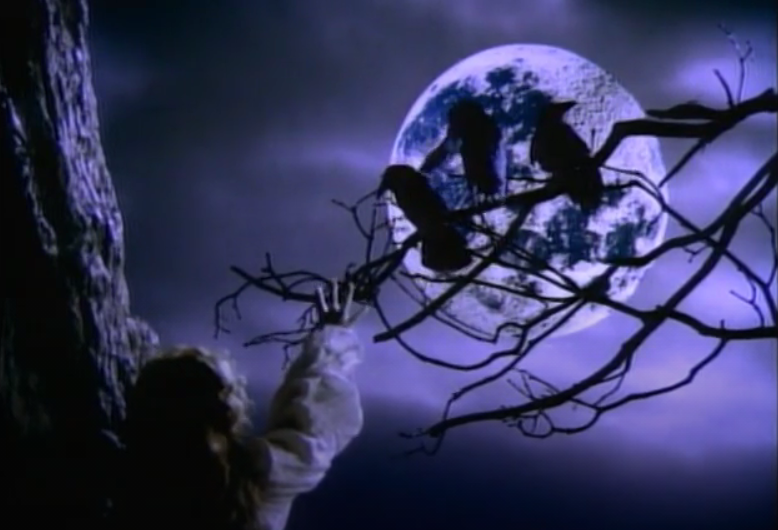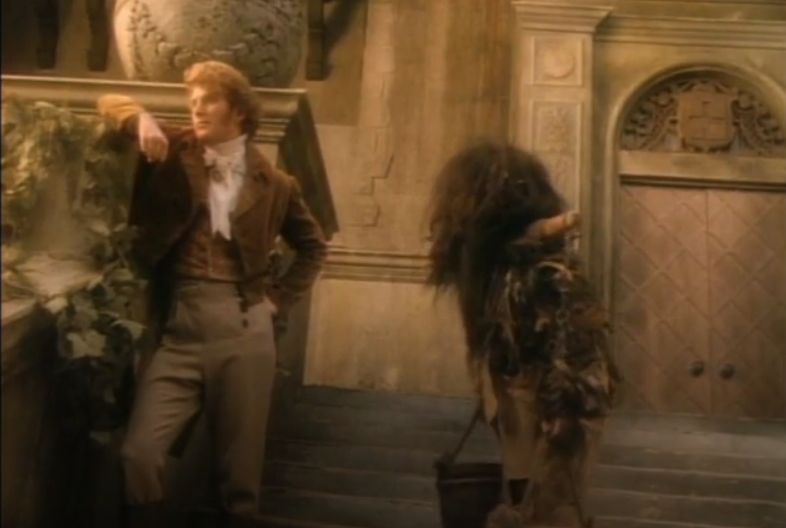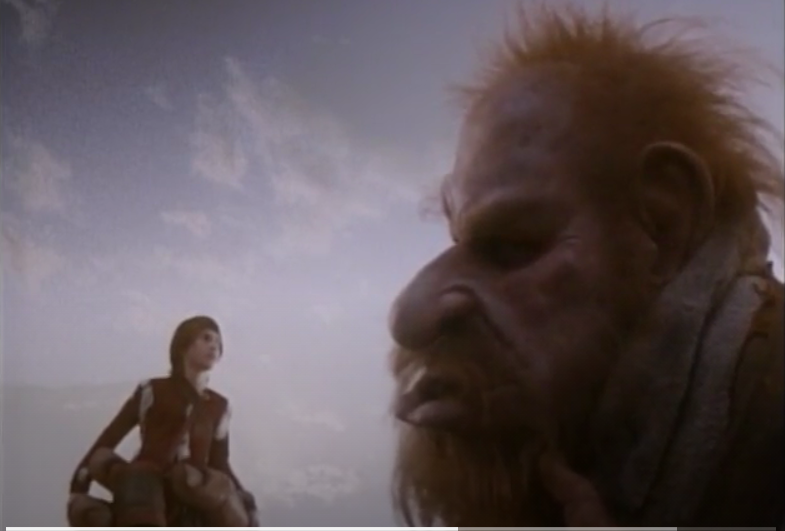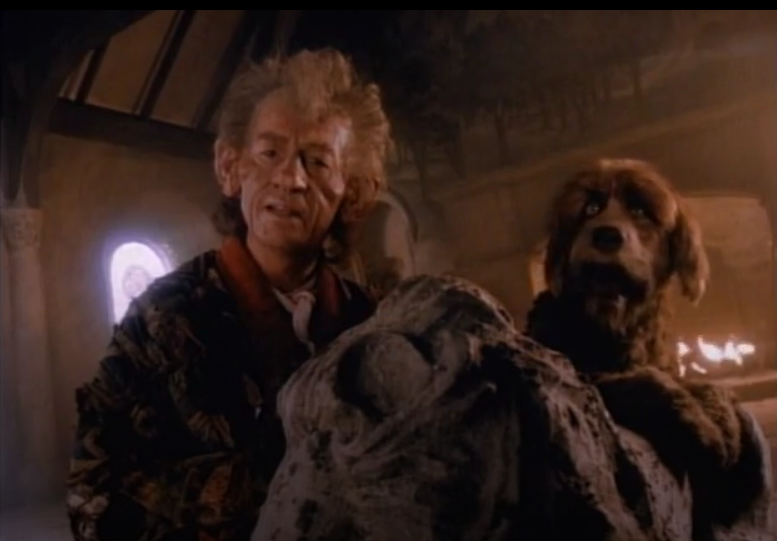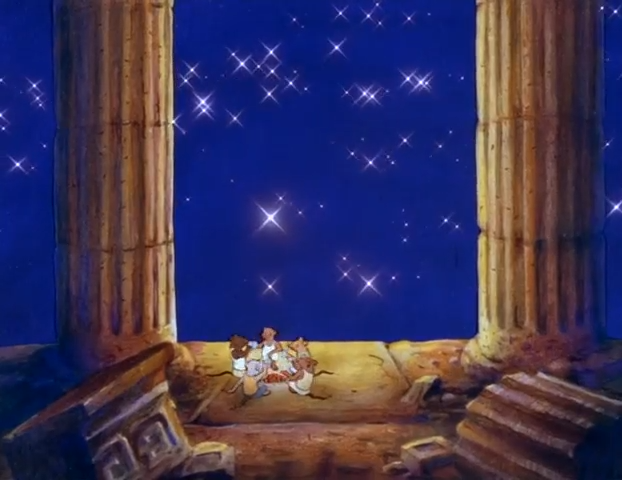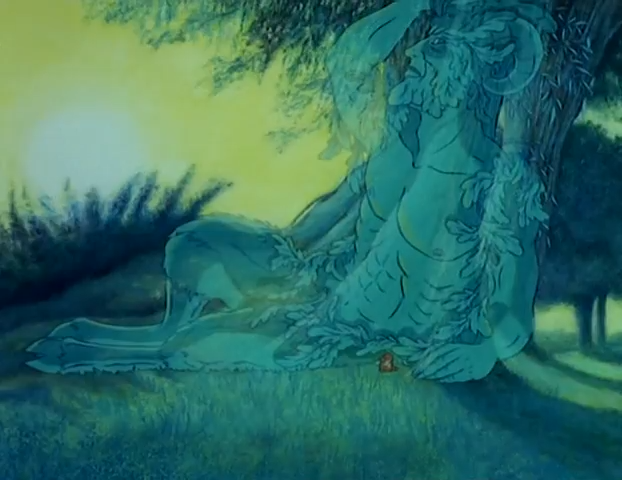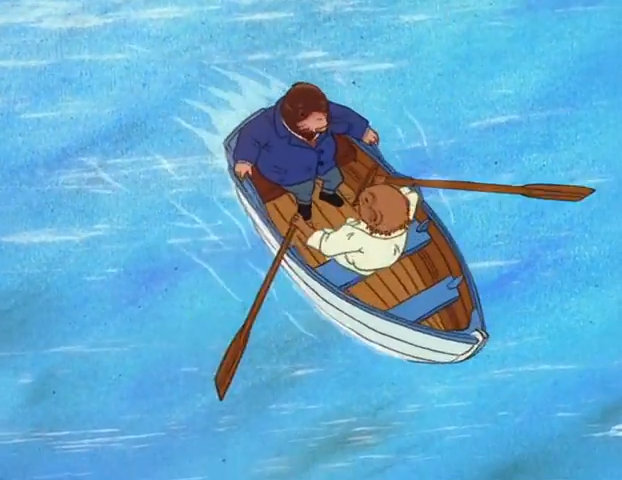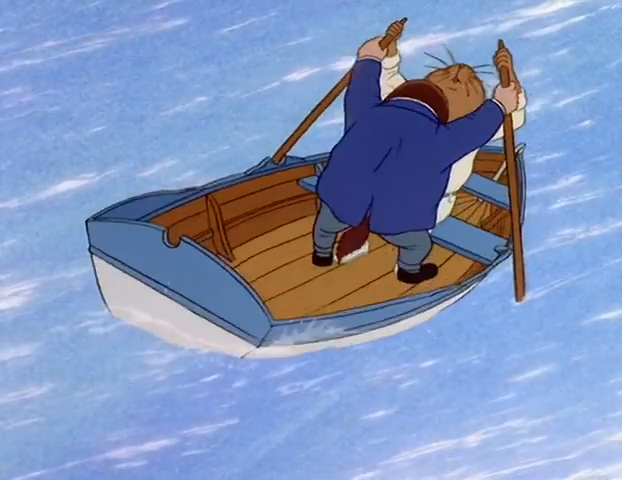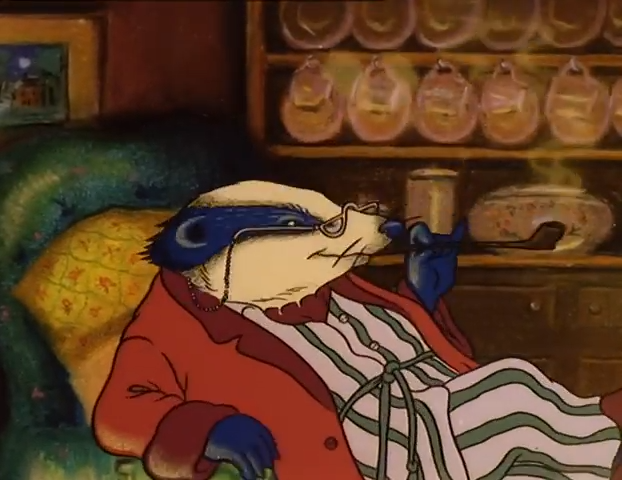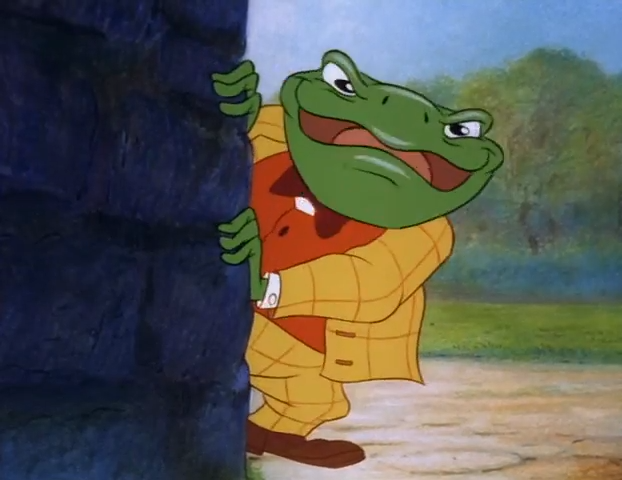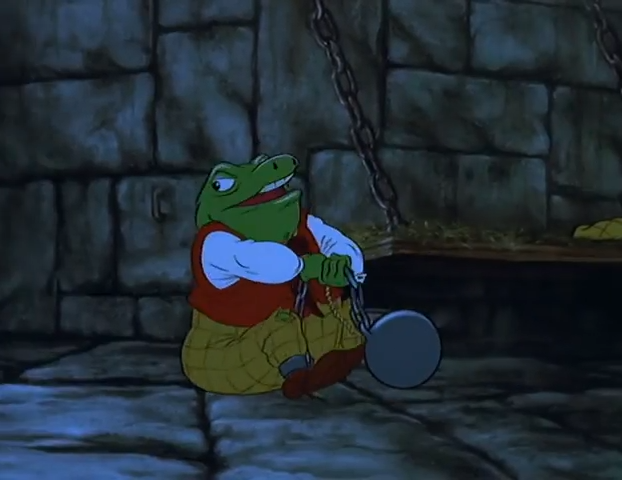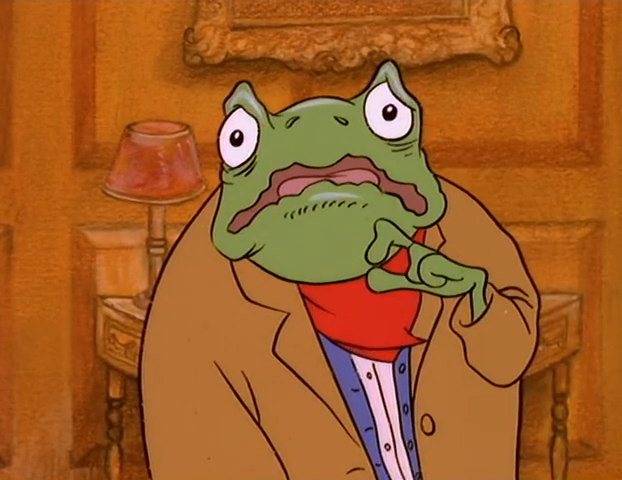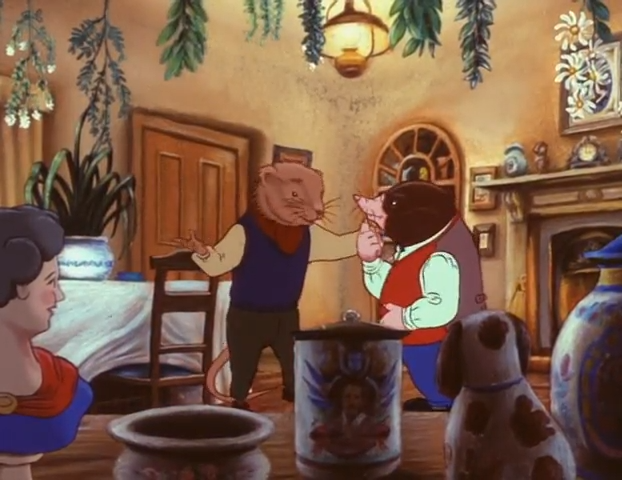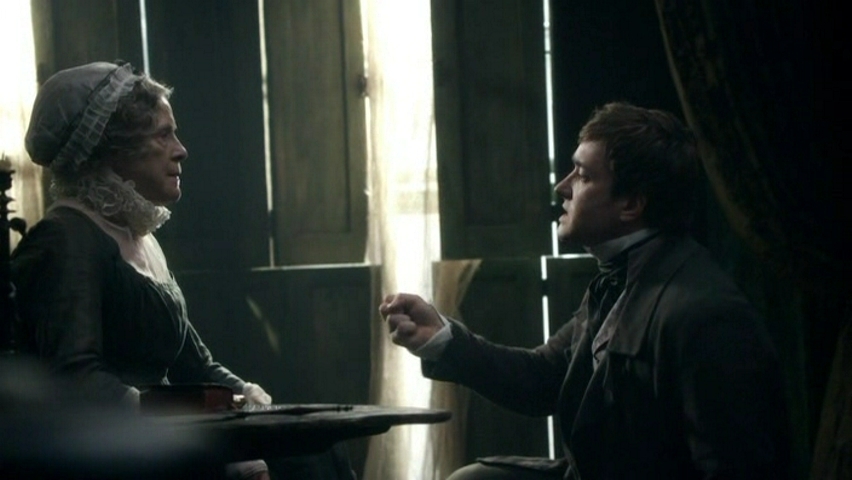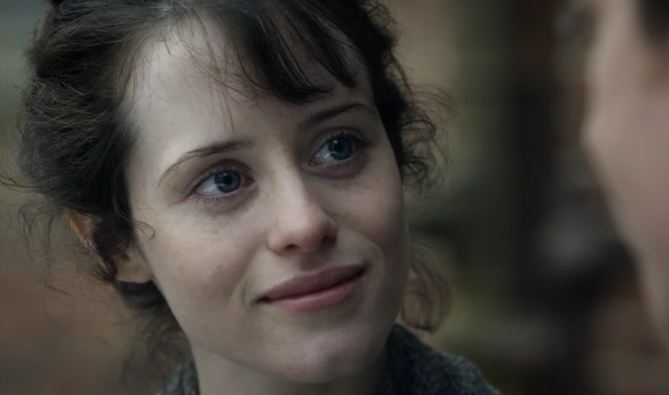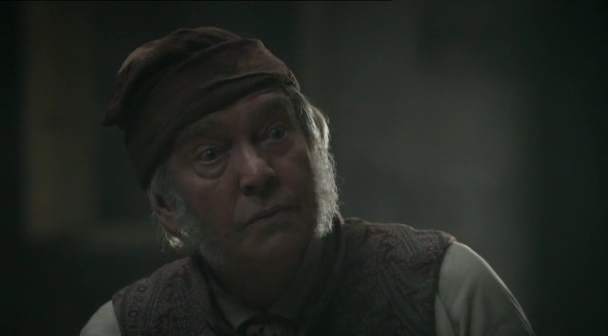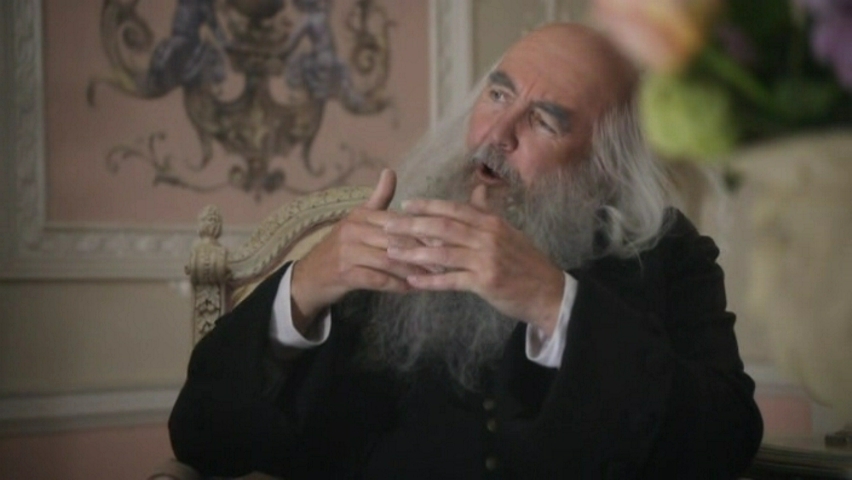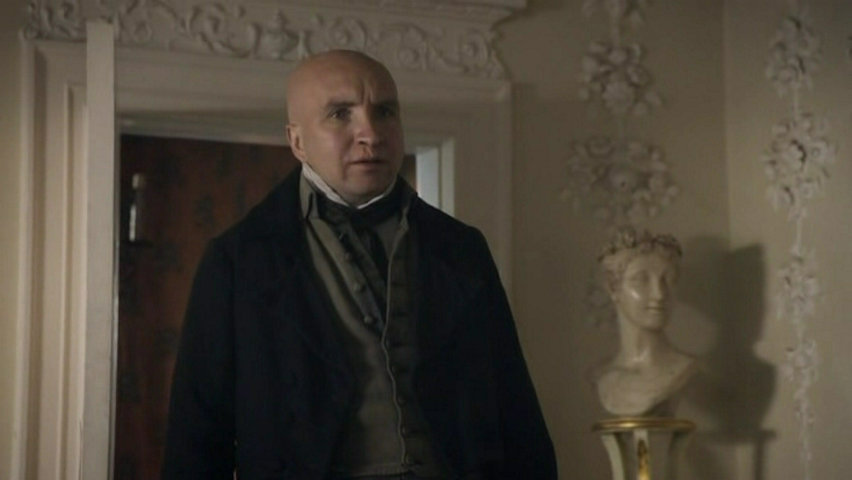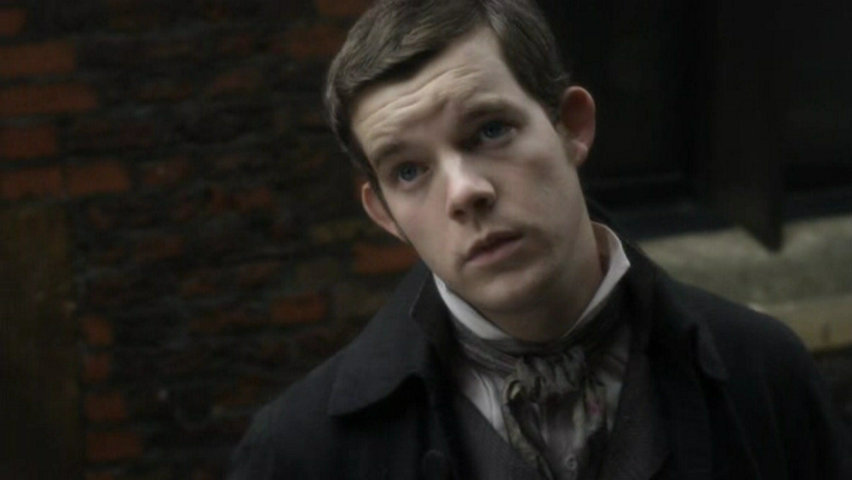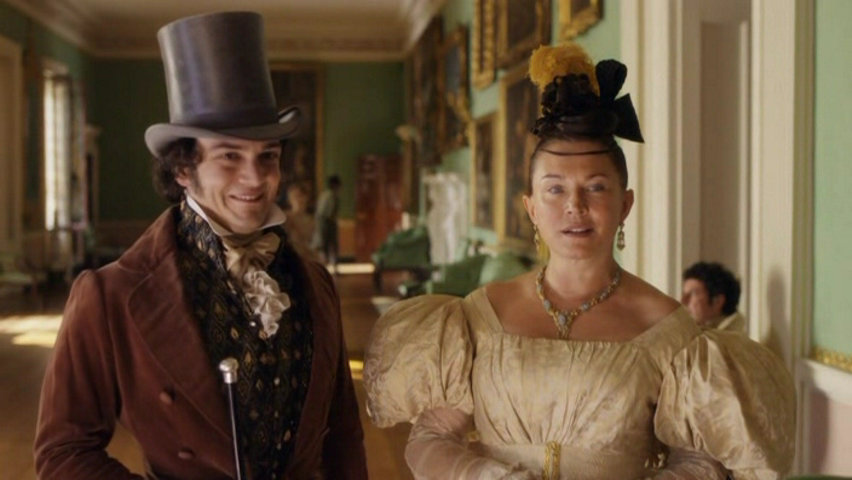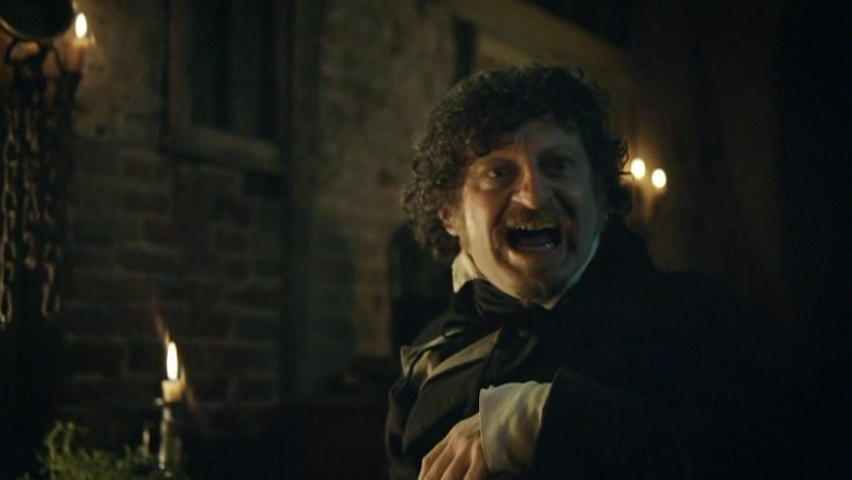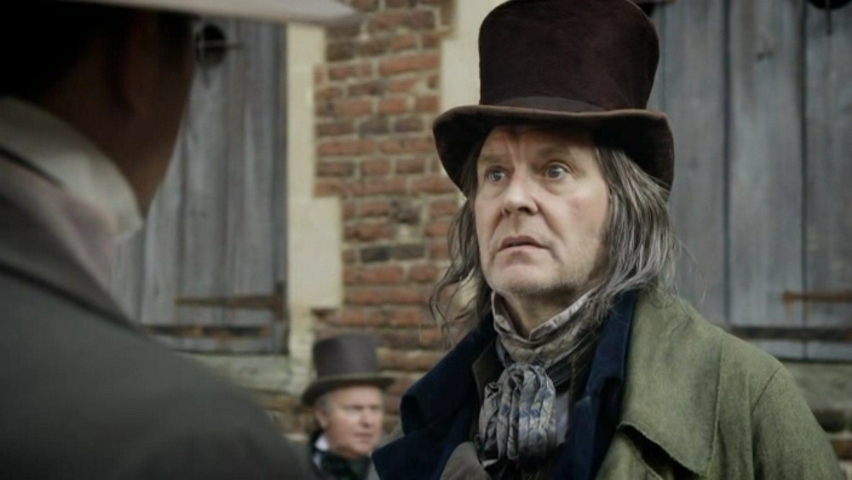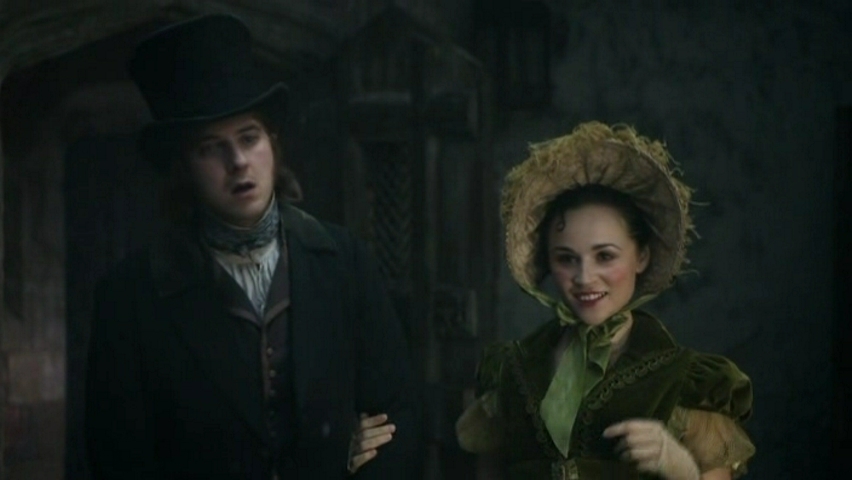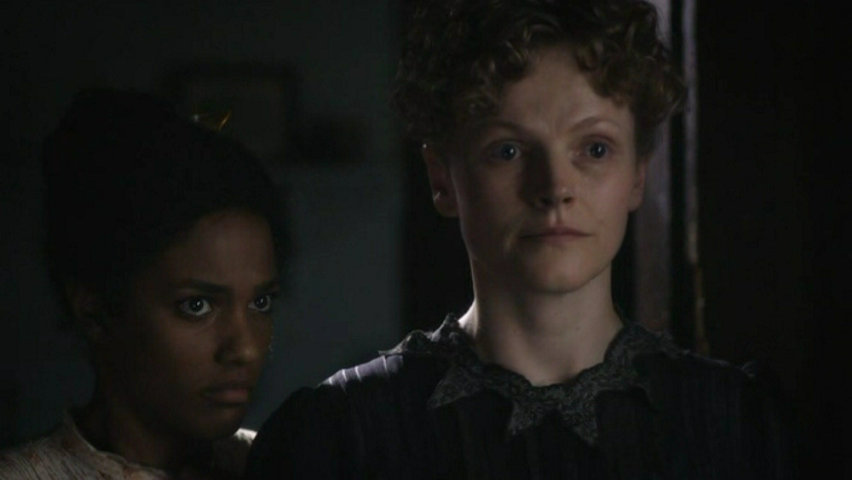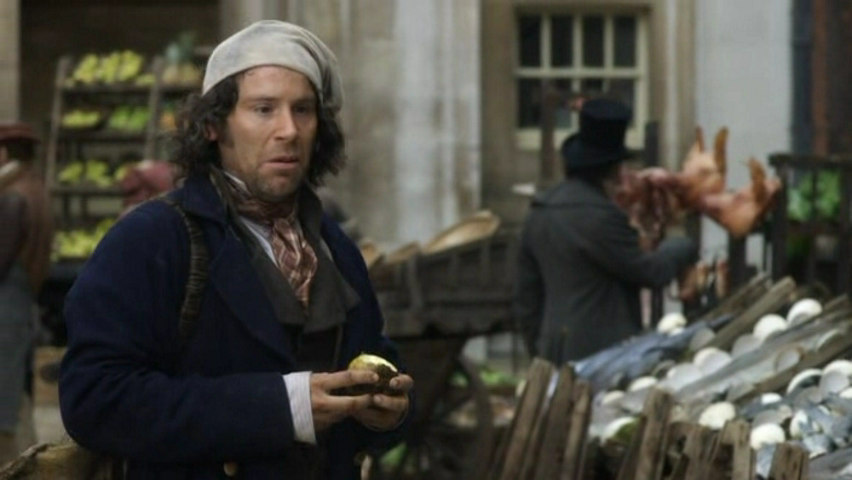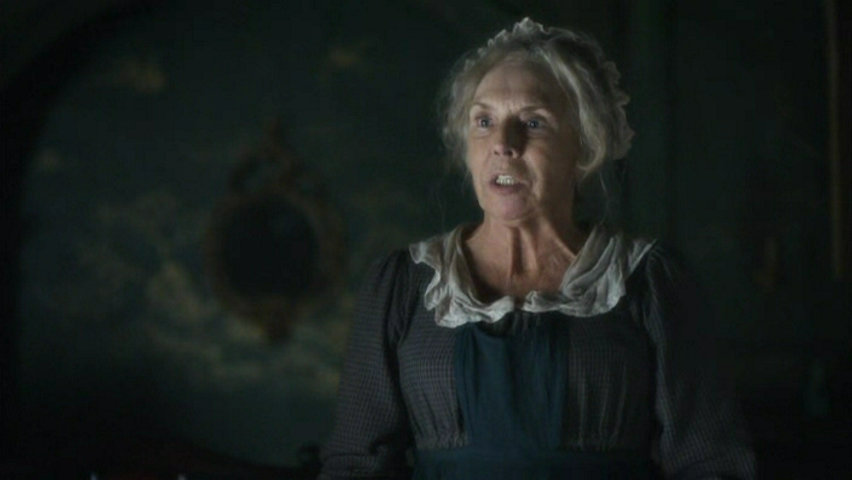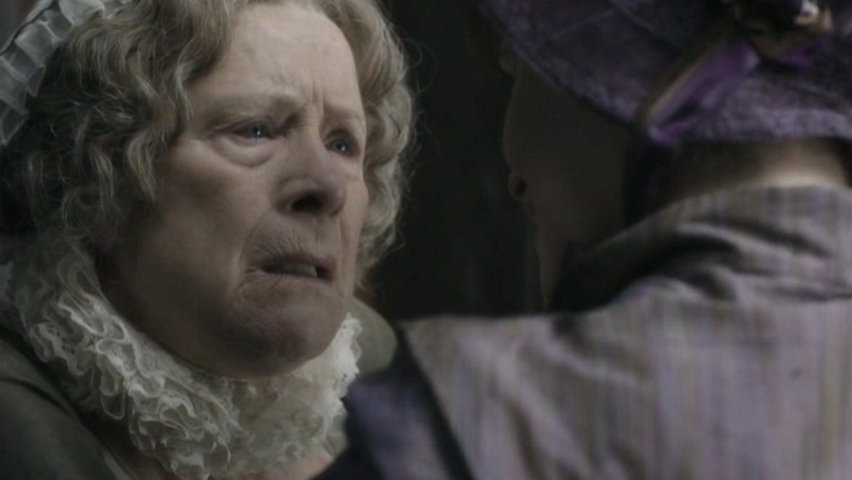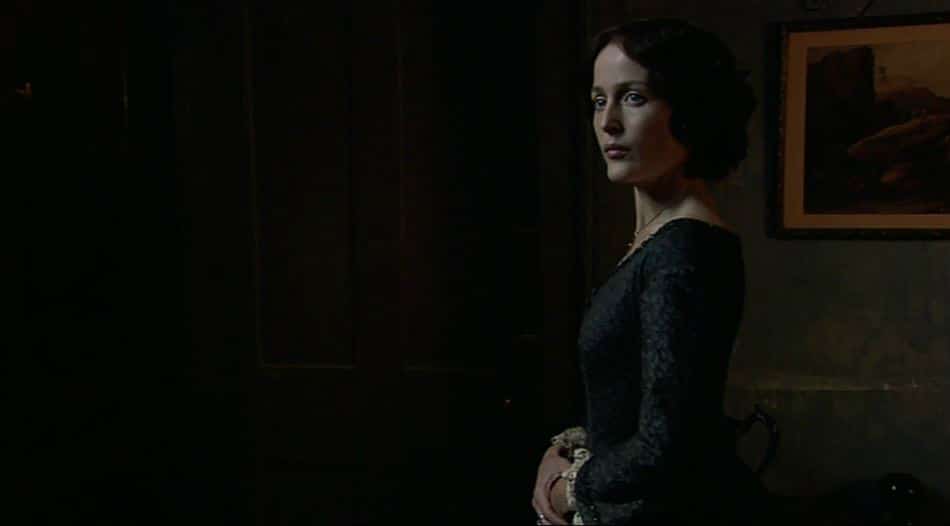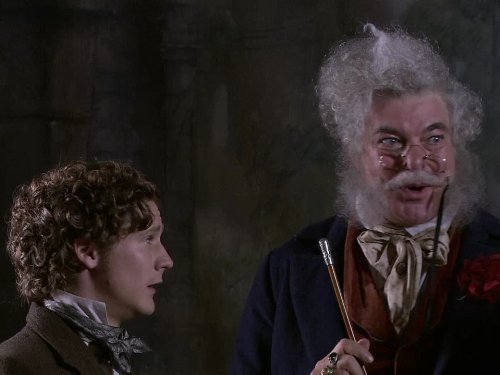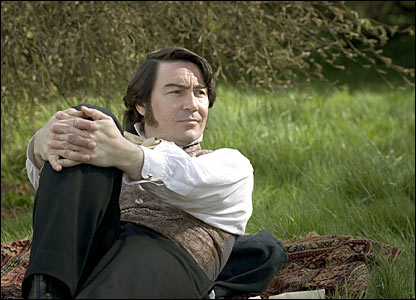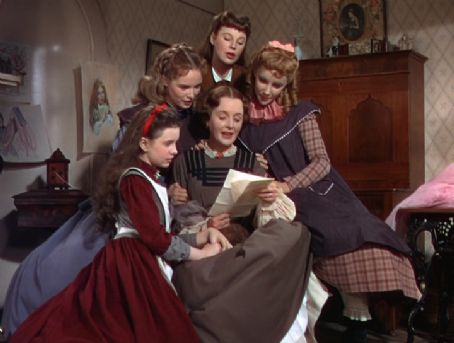6. Give Stefan a Reason for Entrusting his Daughter to the Pixies

After the fateful christening, Stefan gives Aurora to Knotgrass, Flittel and Thistlewit to guard from spindles and spinning wheels until the sun has set on her sixteenth birthday and the curse will have been cheated. OK, I’ve got to admit this didn’t really even make that much sense in the original Sleeping Beauty. Why would the princess be better protected in a cottage in the middle of nowhere with three disguised fairies not allowed to use their magical powers than in a castle full of bodyguards? But at least those fairies were famous for being benevolent and the whole thing was their idea. Here the pixies come from an enemy kingdom with no prior relationship to Stefan. He even seems slightly suspicious of them when they meet! They also show themselves to be clearly incapable of fighting Maleficent when she shows up. (Flora, Fauna and Merryweather apparently couldn’t stop Maleficent from cursing Aurora either, but at least they could neutralize the curse afterwards.)[1]If all you know about the original three good fairies is that they’re comedic supporting characters, you might be surprised by how competent they can be. It’s true that they all had their … Continue reading Why would Stefan hand over his only child to them for sixteen years?[2]In the leaked script, Stefan was worried about the pixies revealing that he’s half fairy and wanted them as far away from his subjects as possible. This made more sense but it also made Stefan … Continue reading For all he knew, they could be secretly working for Maleficent! They could just turn around and hand the baby to her. (Actually, that’s pretty much what they do unintentionally.) And if he was so worried for his daughter, why would he hide her in a cottage within walking distance of Maleficent’s domain?[3]Technically, the cottage was that in Sleeping Beauty too since Maleficent and her soldiers captured Phillip there and brought him back to her fortress within a night and with time to spare. It was … Continue reading
7. Make Stefan a Better Villain. Seriously.

A problem with Classic-Villain-Is-Really-The-Hero stories is that stories are often designed so that the antagonist is more powerful or intimidating than the protagonist. When you flip the roles of villain and hero, it’s hard to make the one for whom we’re now rooting an underdog without being ridiculously contrived.[4]That’s probably why the Shrek movies eventually gave up and just had traditional storybook antagonists, like Rumpelstiltskin, be the bad guys. Maleficent proves to be a case in point. There are only two scenes in the movie, one of them the second to last, in which Stefan is a real danger to Maleficent.[5]During that one, he mocks her for being a “fairy creature without wings,” which is probably a holdover from when his character was supposed to be a half fairy outcast. In the final movie, … Continue reading She’s so clearly more powerful and threatening than he is that it’s impossible to be scared for her for most of the runtime. All she has to do is stay in the fairy kingdom behind the barriers she creates and she’ll be safe.
Of course, an unintimidating villain can still be an interesting villain. But Stefan’s character is just a mess! He can’t bring himself to kill Maleficent when she’s unconscious and is implied to feel guilt over crippling her instead. A few scenes later, he’s completely obsessed with finding and destroying her. What happens in between is, naturally, the curse. But afterwards, he’s portrayed as totally indifferent to his family. As mentioned before, he sends his child away for sixteen years of her life and when she finally shows up at his castle, he stares at her blankly for a matter of seconds, then coldly sends her away and returns to planning Maleficent’s doom. Why is he so obsessed with killing his childhood sweetheart if he doesn’t care about Aurora? Or does he care? Because when she actually pricks her finger and falls asleep, that same day, he’s upset. Then when she wakes up, he doesn’t even notice.
This could have been a really interesting character arc, having Stefan’s desire to avenge his daughter swallow up his love for her. But the movie doesn’t give him an arc so much as flip a switch, even more so than with Maleficent. We do get an early indicator that he’s not as devoted a father as he should be in the christening scene. When Maleficent makes him beg for his child’s life, he visibly hesitates, despite the desperate situation, to do so in front of everyone. (If you’re wondering about his queen (Hannah New), she just stands there awkwardly at this moment. At least her animated 1959 counterpart grabbed her baby and yelled, “No!”) It could be that this, not the curse, is what kills any love he has for Maleficent and motivates his attempted revenge, another interesting idea. But after this moment, we don’t get anymore indications that Stefan’s fatal flaw is wanting everyone to respect him. We don’t even get much indication of that before. His desire to be king seems like it’s more about greed than pride. All we get of him during the movie’s middle section are repetitive scenes of him monologuing to Maleficent’s wings and ranting at his underlings, which tells us nothing about Stefan’s motives or inner life except that he’s crazy. I guess the script just wants insanity to be the explanation for all his actions. It doesn’t make for a very interesting villain. He comes across as more pathetic than anything else in that section.
It could be that Stefan blames himself for not killing Maleficent when he had her helpless and that he can’t stand Aurora’s presence since he feels he’s failed her. This would, again, be a really interesting subtext, but if it’s an implication in the script, that’s all it is. A good actor in the role could have injected it into his performance. I haven’t seen Sharlto Copley in anything other than this, so perhaps I shouldn’t judge him as a bad one. But I can’t say he comes across as a good actor here.
8. Have Maleficent’s Relationship With Aurora Be More Complicated

To be fair, this is the least of my criticisms of the movie, mainly because Angelina Jolie elevates the material with her eloquent facial expressions, conveying her character’s deeply conflicted feelings towards Aurora. But as written, those feelings go from hatred to grudging affection to love far too easily.[6]The idea that Maleficent accidentally bewitched herself, when she stated in her curse that Aurora would be “loved by all who meet her,” is amusing, but can’t be accepted as canon … Continue reading The scene where Maleficent saves the toddler Aurora from falling off a cliff is staged by director Robert Stromberg in a ridiculously unexciting way for such a pivotal moment. It might have been interesting to have Maleficent’s motive at that point be that she wants to see Aurora die by pricking her finger on the spindle and she can’t have her perish before that. Then through a sort of reverse Stockholm syndrome, she would feel that she has some stake in Aurora and her protective feelings would grow genuinely benevolent over the years. And when Aurora would finally get to speak to Maleficent, she would thank her for saving her life all those years ago, leaving her stricken with guilt. The dramatic possibilities are intriguing.
9. Find a Better Twist for the True Love’s Kiss Scene

The day before Aurora’s sixteenth birthday, she meets the handsome Prince Phillip (Brenton Thwaites) in the woods and the two of them seem to be attracted to each other. When Aurora returns to her father’s castle and falls victim to the enchanted sleep the next day, a desperate Maleficent brings Phillip there in the hopes that his kiss can awaken her. He tries but to no avail. Once she’s alone with Aurora, Maleficent makes a speech of apology and kisses her on the forehead, unintentionally breaking the spell. This combines the climactic twists from Enchanted (2007) and Snow White and the Huntsman (2012), in which the nontraditional love interest awakens the sleeping beauty after the handsome prince character fails to do so, and ABC’s Once Upon a Time, in which true love’s kiss ends up representing parental love rather than romantic love.[7]I’d argue that Disney’s Sleeping Beauty already ended up being largely about maternal love, even if that’s not what the writers intended, and didn’t really need this update, … Continue reading So basically anyone who’s interested in modern spins on Disney fairy tales, a good chunk of this movie’s target audience, will have already seen this twist! I can tolerate predictable plot points when they aren’t trying to be anything else, but I hate a predictable twist. It’s a testament to the soundtrack and Jolie’s moving performance that I can tolerate this scene as well as I can.
I actually feel sorry for Brenton Thwaites, whose role in this movie is almost impossible to pull off. He can’t be unappealing and has to have some kind of chemistry with Aurora or else the twist will be too obvious. Plus the movie wants to leave the possibility of a future romance between them on the table for viewers who like the idea. The script clearly wants Phillip to be a positive figure, even having him be the one to say that just because he’s physically attracted to Aurora, it doesn’t mean he’s in love with her, and that it would be inappropriate for him to kiss her while she’s unconscious. But on the other hand, he can’t be too appealing and can’t have too much chemistry with Aurora or else the twist won’t make sense and viewers will be dissatisfied that his kiss doesn’t wake her up. I don’t know what actor could have pulled off this balance.
Moreover, while this twist is very predictable in the sense that it can be seen coming from a miles away, given how Maleficent is the only character with whom Aurora has a meaningful relationship, it’s not predictable in that it satisfyingly resolves Maleficent’s character arc. After all, it was romantic love in which she lost faith, not maternal love. Neither was it ever in question whether she herself was capable of love, just other people. And this twist would just confirm her in her cynicism rather than disprove it to her. I feel like rather than make Maleficent a better person, she’d realistically be crueler and more self righteous than ever, believing that she and possibly Aurora were the only ones in the world capable of real love.[8]To its credit, the 2019 sequel, Maleficent: Mistress of Evil, portrays her as still suspicious of humans after the original’s events and hostile towards the idea of a marriage between Phillip … Continue reading In general, if it’s not combined with a general benevolence towards humankind, I don’t really buy the idea that loving just one person is enough to make you a good person. In fact, obsessive love for a single individual can be the motive for horrifying acts.[9]Read Great Expectations and Till We Have Faces. Seriously!
I think having Phillip be the one to break the spell would actually have resolved Maleficent’s character arc better, though the movie would have had to add more depth to his relationship with Aurora and added some obstacles to keep him being able to reach her.[10]By that point, incidentally, the plot would start to look like that of Alex Flinn’s Sleeping Beauty-inspired YA novel, A Kiss in Time. What would have been more satisfying and less predictable than either, would have been to have Maleficent somehow fall under the sleeping curse and Aurora be the one to awaken her, proving that she wasn’t like her father. I admit I have no idea how this could be contrived. But the not-twist is the thing that really puts this movie past my tolerance threshold, so I couldn’t leave it out of things about it that need fixing.
10. Improve the Climax

After the kiss scene, Maleficent is caught in a trap set by Stefan. Aurora runs into a room which just happens to be where Maleficent’s wings are kept as a trophy. (As ridiculously convenient as this is, I have to give the script credit for including a scene earlier in which Maleficent gave Aurora a specific physical description of the wings.) She frees them and they magically reattach themselves to their owner. Maleficent is now able to fight off her attackers and Stefan ends up dying. Aurora inherits his throne and Maleficent also crowns her as queen of the fairies, uniting the two rival kingdoms. The end.[11]Incidentally, the earlier script had Aurora turn into a fairy at the end. As in, she sprouted wings on her back and could do magic. Because if your father is the illegitimate son of the fairy king, … Continue reading
I can’t help but note how less exciting this action scene is compared to the awesome climax of the original Sleeping Beauty. But I guess I can’t think of ways to make it more exciting without changing the plot setup. (Of course, I don’t really like the plot setup that much.) So instead of focusing on it as an action scene, I’d like to examine how it resolves the characters. Personally, I feel it would have been better character development for Maleficent to have learned to be content without her wings, as much as a handicapped person can be content. But I see the appeal of having Aurora be the one to undo her father’s wrong, so I’ll allow it. Where I feel this ending really drops the ball is the relationship between Stefan and Aurora.
It strikes me as a huge missed opportunity not to show Aurora’s reaction to learning that her father is a horrible person. She seems really excited when told he’s alive and that she’s not a foundling. In fact, she’s so eager to meet him that she runs away to his castle without waiting for the pixies to bring her there, though that may be to get away from Maleficent, of whose past actions towards herself the pixies have just informed her. Imagine how devastating it would be for her to discovering that the biological father, she’d believed dead, was actually evil right after learning that her mother figure was also evil. You have to imagine it because all we get in the movie is Aurora’s smile falling when Stefan immediately dismisses her upon their reunion, and her being dragged away by one of his soldiers when Maleficent is caught. Picture this. At the climax, Aurora falls to her knees and begs Stefan to let Maleficent go, telling him that she’s the one who saved her. Stefan could hesitate briefly then, push her roughly away and proceed in his attempted vengeance. This would really solidify him as the villain, demonstrating that his desire to avenge his daughter has completely swallowed his love for her, and make Aurora herself more interesting too. While I don’t mind the idea of Stefan dying in the end, I think it would have been more interesting to have his punishment be that Aurora leaves him to live with Maleficent because she’s disgusted by him. After the re-winged Maleficent flew away, Stefan could try to reach out to his daughter, but she would angrily and tearfully tell him off and march out of the castle. Our last image of him would be of him sitting alone and devastated on the throne he’s betrayed his loved ones to get.
I have one more proposal as to how this movie could have been better, which I suppose should have been number one, as I’ve been trying to do present the suggestion that would change the overarching story the most first and then go on to smaller plot points. But I know that many people would immediately stop reading in disgust if I led with this idea. Hopefully, I’ve won their respect by this point and they’ll be able to read the following with somewhat open minds. Is everybody ready?
11. Just Do a Remake of Sleeping Beauty
I realize lots of people are disgusted by how much the Disney company has come to rely on live action/computer animated remakes of their hand-drawn classics. It is really pathetic.[12]Though I believe internet critics greatly exaggerate how bad these remakes (supposedly) are. Maybe someday I’ll do a blog post defending them. But I honestly think seeing the story of the 1959 film brought to life with modern special effects would be fun. (And if it were released in the year 2014, we would all have been less blasé about photorealistic remakes of old Disney animated features.) Also being a straight remake wouldn’t mean the movie would have to simply recreate Sleeping Beauty beat for beat and line for line. As much as I love it, there are things it doesn’t do. A remake could add more depth to the relationship between Phillip and Aurora. It could develop the characters of their parents more. I’m not even necessarily averse to the idea of giving Maleficent a more complicated motive for her curse, though I feel outrageously petty villains can be fun. All of this probably wouldn’t make for a movie that I’d actually prefer to the original Sleeping Beauty. But it’d make for a fun movie that would annoy me less than Maleficent does. And the sad thing is that if they kept the same actresses in the corresponding roles, they would still be very well cast, though the male actors would probably have to be replaced. Honestly, Imelda Staunto playing Flora for real would be awesome.
What really seals my opinion that a plain old remake would be better than this movie are two of its scenes, Aurora being cursed and the curse being fulfilled. The first one has very similar dialogue to its Sleeping Beauty counterpart. The second is staged very similar to its counterpart with the princess walking through the castle in a trance, a spinning wheel materializing in front of her, and characters who love her desperately trying to reach her to no avail. And these are two sequences that work the best artistically. If the whole thing had been like them, it’s hard for me to imagine it being a step in the wrong direction.
Bibliography
Maleficent.pdf (thescriptsavant.com)
References
| ↑1 | If all you know about the original three good fairies is that they’re comedic supporting characters, you might be surprised by how competent they can be. It’s true that they all had their weaknesses, Fauna being naive, Merryweather hotheaded, and Flora somewhat oblivious to the fact that Merryweather didn’t appreciate her leadership, and their bumbling moments. But the they were able to postpone the fulfillment of Maleficent’s curse to the point where she was pretty desperate and a careful analysis of the climax reveals that they played an equal or bigger role in her defeat than Prince Phillip. |
|---|---|
| ↑2 | In the leaked script, Stefan was worried about the pixies revealing that he’s half fairy and wanted them as far away from his subjects as possible. This made more sense but it also made Stefan too evil too fast, a problem with both scripts. |
| ↑3 | Technically, the cottage was that in Sleeping Beauty too since Maleficent and her soldiers captured Phillip there and brought him back to her fortress within a night and with time to spare. It was easier to ignore there though since it took Maleficent until the second half to find out about it. Incidentally, the earlier script had the pixies pick the cottage out for a hiding place themselves since they’re so stupid. This probably should have stayed. |
| ↑4 | That’s probably why the Shrek movies eventually gave up and just had traditional storybook antagonists, like Rumpelstiltskin, be the bad guys. |
| ↑5 | During that one, he mocks her for being a “fairy creature without wings,” which is probably a holdover from when his character was supposed to be a half fairy outcast. In the final movie, it just comes across as a weird random taunt. |
| ↑6 | The idea that Maleficent accidentally bewitched herself, when she stated in her curse that Aurora would be “loved by all who meet her,” is amusing, but can’t be accepted as canon without ruining the movie’s attempted redemptive storyline. |
| ↑7 | I’d argue that Disney’s Sleeping Beauty already ended up being largely about maternal love, even if that’s not what the writers intended, and didn’t really need this update, but you’re probably already tired of me ranting about that. Or if you’re not, you will be once you finish reading this post. |
| ↑8 | To its credit, the 2019 sequel, Maleficent: Mistress of Evil, portrays her as still suspicious of humans after the original’s events and hostile towards the idea of a marriage between Phillip and Aurora. To its discredit, it resolves this in the laziest way ever, by having Maleficent witness Phillip save a fairy from another human, and then just abandon her prejudice. Mistress of Evil really is a fascinating movie, one which seeks to address a lot of the dramatic problems with its predecessor and in many ways, is a big improvement on it, yet in other ways, isn’t an improvement at all. |
| ↑9 | Read Great Expectations and Till We Have Faces. Seriously! |
| ↑10 | By that point, incidentally, the plot would start to look like that of Alex Flinn’s Sleeping Beauty-inspired YA novel, A Kiss in Time. |
| ↑11 | Incidentally, the earlier script had Aurora turn into a fairy at the end. As in, she sprouted wings on her back and could do magic. Because if your father is the illegitimate son of the fairy king, that means you’re destined to be the fairy queen, I guess. By my count, Aurora should be one quarter fairy at most. That version of the story leaned harder into the idea that humans, being less close to nature (yawn), were evil, though, counterintuitively, it leaned farther away from the idea that fairies were good. Like the humans, most of the fairies were either bigoted bullies, pathetic victims or both, making it hard to see why Aurora being one of was supposed to be heartwarming. This likely reflected the personal philosophy of screenwriter Linda Woolverton. Two other Disney projects to which she was a major contributor, Beauty and the Beast (1991) and Alice in Wonderland (2010), also portrayed mainstream society as oppressive and the nonconformist heroines had to break away from it to reach their full potential. But in those movies, the pattern was the heroine leaving one group to join another. Despite their ostensibly anti-patriarchal themes, both even gave the heroines loving and equally nonconformist fathers. In the early draft of Maleficent, not only were all fathers villains and all mother neutral at best, there were hardly any positive supporting characters at all. And Maleficent herself, while ultimately sympathetic, was very dark and disturbing. If the original vision had been followed, this movie would have had a bitterness and cynicism just about unprecedented for Disney. That wouldn’t have made it bad art of course. Hey, I tend to be pretty cynical about humanity myself. But I find it harder to forgive a work of art’s flaws when the work itself has such an unforgiving attitude. So I can’t say I’m sorry they toned it down, even if I think the idea that being closer to nature equates to moral superiority is dumb. |
| ↑12 | Though I believe internet critics greatly exaggerate how bad these remakes (supposedly) are. Maybe someday I’ll do a blog post defending them. |
